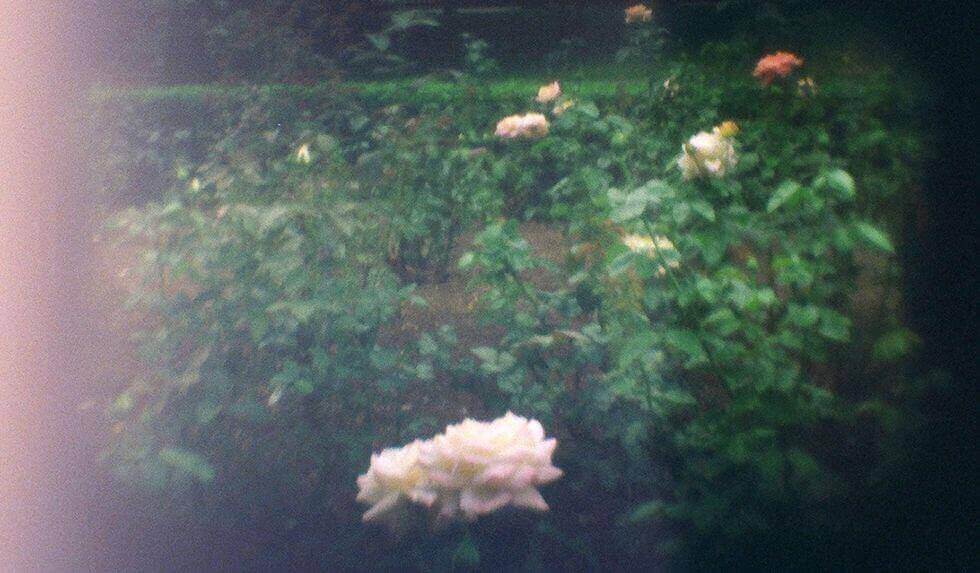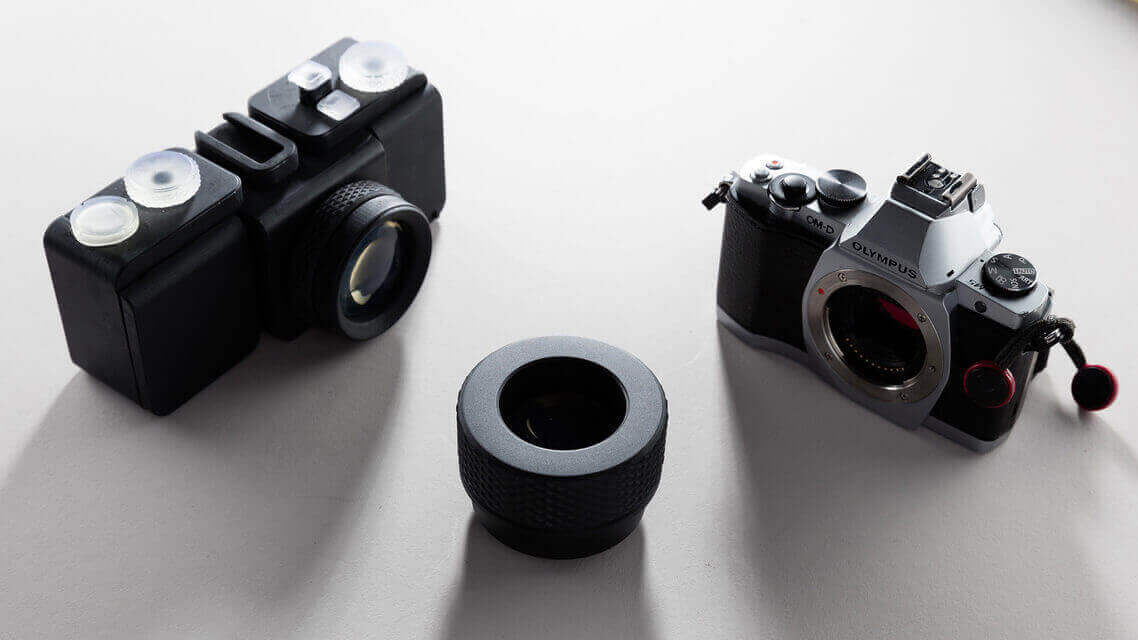The SLO is a unique analogue camera with 3D printed camera lenses, made by engineer Amos Dudley with stereolithography on a Form 2 3D printer.
In the wonderful world of 3D printing, we’ve already seen quite a few 3D printed cameras; but these tend to be of the pinhole camera variety.
These are simple cameras without a lens but with a tiny aperture — a pinhole — that allows light to fall on a film. Depending on the length of exposure you can develop decent pictures. See some great models here, here, and here.
The SLO 3D Printed Camera has a key point of difference, in that the lenses have been 3D printed, too!
Using a Form 2 stereolithograpy (SLA) 3D printer, Amos Dudley (who is an applications engineer employed by Formlabs) has fabricated and polished a set of camera lenses that can capture real, honest to goodness photographs.
Explaining his inspiration on his blog, Dudley said:
“Analog photography takes the sense of a moment and turns it into a tangible image. My 3D printer turns the content of my thoughts into real shape and form. I wanted to know if there’s a more authentic photograph to be found at the intersection of design and photography — so I set out to make a camera with only a 3D printer.”
Dudley has shared his files and operating instructions to 3D printing community Pinshape. If you have an SLA 3D printer you can attempt to make one of your own.
Below is a sample picture. It may not be as sharp as a professional digital SLR, but certainly wouldn’t look amiss if framed and mounted to the wall of, say, a keen Lomography fan. A gallery of more samples can be seen here.
FUN FACT: Amos Dudley is the same chap who 3D printed his own braces to straighten his teeth. Clever fellow!

Build Log for 3D Printed Camera Lenses
If you’re curious to learn how the 3D printed camera lenses were made, the process is detailed on both Dudley’s blog and a Formlabs blog post.
The first stage is concerned with designing the lens and balancing distortion using optical design software. Professional lens designers use commercial packages such as Zemax and Code V, but free, open-source software like Optical Ray Tracer are suitable alternatives.
Once the lenses were fabricated on a Form 2, Dudley began the process of polishing and finishing. This meant experimenting with several methods to find the best result. He explains:
“Creating a lens with a 3D printer is a challenge — your typical FDM printer won’t cut it here. A lens is the most important part of a camera, it’s the largest factor in the quality of the image. The surface smoothness of a lens needs be exceptionally high for light to focus across an imaging plane. A stereolithography printer can make a lens because the parts can be solid, hard, uniform, and clear. However, prints come off the machine translucent and frosted — even at the highest print resolution of 25 microns per layer.”
After several attempts with manual sanding and then automated sanding, Dudley found that dipping the 3D printed camera lenses in liquid resin yielded the best results.
However, the dipping would slightly alter the focal point of the lens. So Dudley designed a lens testing device that he could attach to a digital camera for instant feedback.
Formlabs had previously raised the possibility of 3D printing lenses in a case-study for the Form 1+. But the SLO is a brilliant ”real-world” application that should take the conversation even further.

License: The text of "3D Printed Camera Lenses with Stereolithography" by All3DP is licensed under a Creative Commons Attribution 4.0 International License.